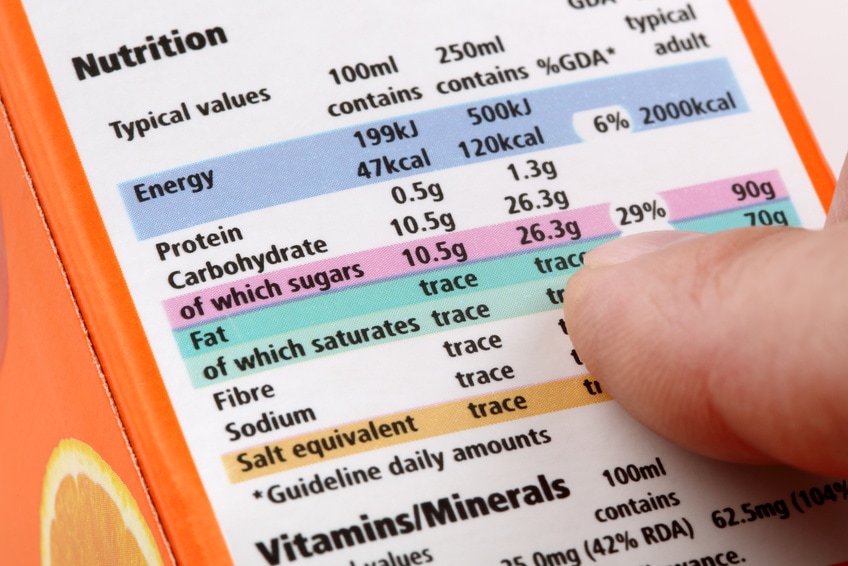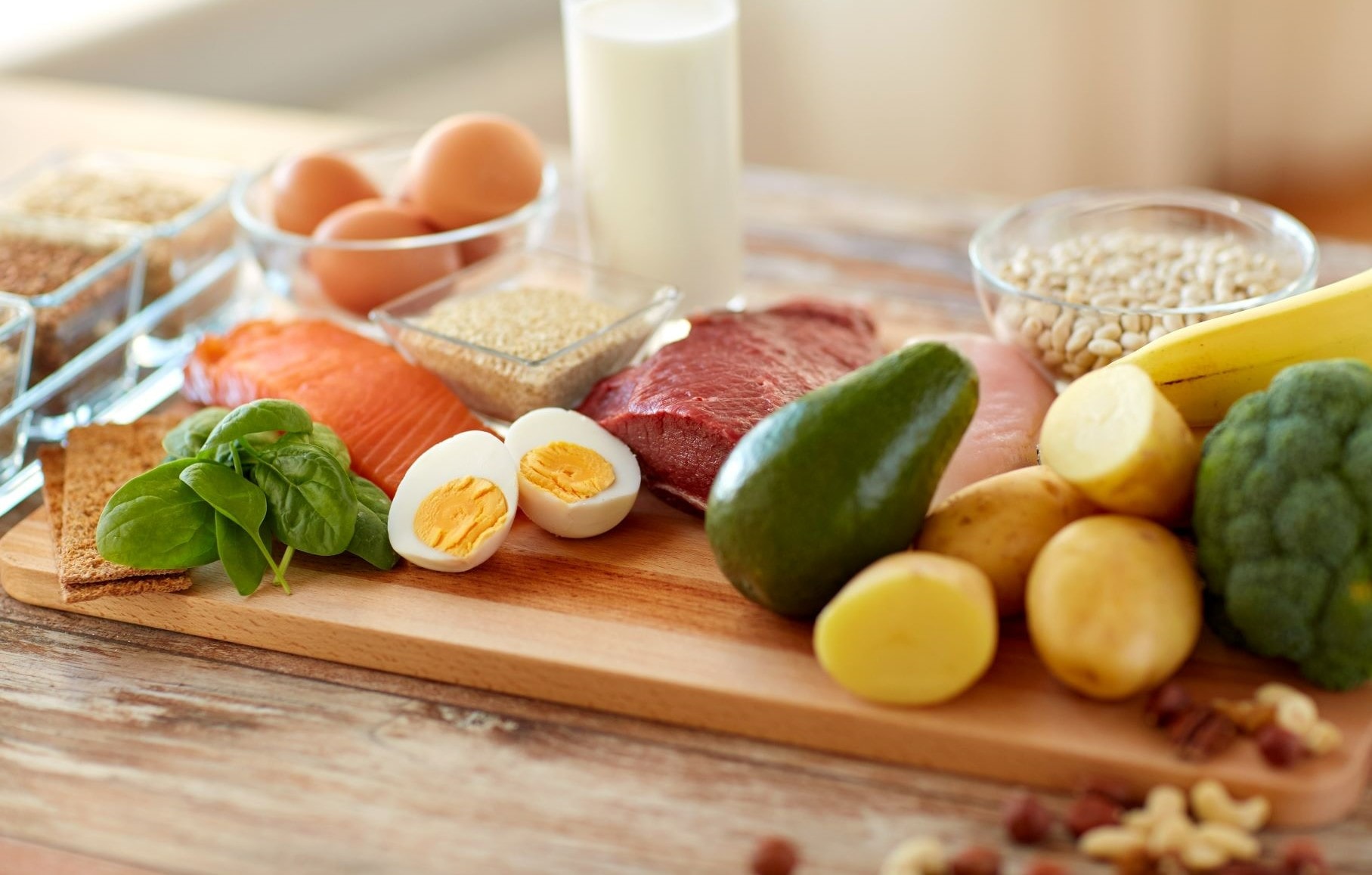How to follow a low-carb diet on a budget

For people with diabetes, managing nutrition is one of the most important ways to keep your blood sugars in check. A low-carb diet may help improve blood sugar levels and reduce insulin requirements, but it’s not always easy — or affordable. So how do you follow a low-carb diet on a budget? The simple truth is that it’s often more expensive to eat healthy. High-calorie processed foods such as hamburgers, pastries, and candy are scarce of nutrients but densely loaded with low-value carbs.
According to the Food Prices for Nutrition Datahub, worldwide, a healthy diet costs an average 4x more than a calorie-dense one. While the reasons for this are complex, you can work toward low-carb meals on a budget — once you know what to look for. As always, check with your doctor or other healthcare provider on changes to your diet.
What does a low-carb diet on a budget look like?
A low-carb diet on a budget is both achievable and rewarding and can make you feel better while improving glycemic control over time. To get started, you may want to consider a daily carb target to aim towards. Calculating your individual daily carb intake depends on many factors including age, weight, and personal conditions. This means there needs to be a conversation with your healthcare team to help you determine the best target for you. After getting your daily carb target number, plan your daily meals and snacks ahead of time. Shop for exactly those ingredients and avoid buying excess or impulsively.
How to make it work on a budget?
The key to making it work on a budget is planning.
- Find diabetes-friendly recipes.
- Make a list of all the ingredients you’ll need.
- Go on weekly shopping trips.
If you don’t already cook much at home, consider learning new cooking skills to open the realm of possibilities in your own kitchen. Monitoring what goes into your meals can help you see how easy it can be to keep to a low-carb diet. The more you know how to cook, the more options you’ll have when shopping for low-carb ingredients.
Cost-effective options
Here are some cost-effective food items to look out for the next time you shop for a low-carb diet on a budget:
- Dried beans
Beans are nutritious and can provide the protein and fiber you need to keep a low-carb diet going. Cooking dried beans is easy and won’t take much practice. Beans can be added as a carb replacement in burritos (instead of white rice), salads, soups, and of course chili.
- Frozen vegetables
Fresh produce is great, but it’s not always available and it’s not always budget friendly. Use frozen vegetables if you need to save some money or your favorite veggie is out of season. All you need to do is thaw them out and steam them. Some frozen vegetable packs are even microwave safe.
- Eggs
A staple in seemingly every kitchen, eggs may have more value than you already know. But did you know that eggs are one of the best sources of protein you can find? One egg can have as much as 8 grams of protein with only about 70 calories and small amount of carbs.
- Peanut and almond butter
Peanut butter fans rejoice. Butters made from nuts like peanuts and almonds are tasty, a great source of protein, and at less than $3 a pound. Peanut butter paired with apples or celery will make your inner child happy while providing surprising nutritional value. Be sure to check the nutrition label for the ingredient list as some can be packed with added sugars. These are just a few of the food items you can target to make your low-carb diet on a budget a reality. Once you get a feel for the low-carb foods you most like to eat, you’ll see more and more ways to introduce new dishes into your own personal low-carb menu.
This content is not intended to be a substitute for professional medical advice, diagnosis, or treatment. Always seek the advice of your physician or other qualified health provider with any questions you may have regarding a medical condition.



